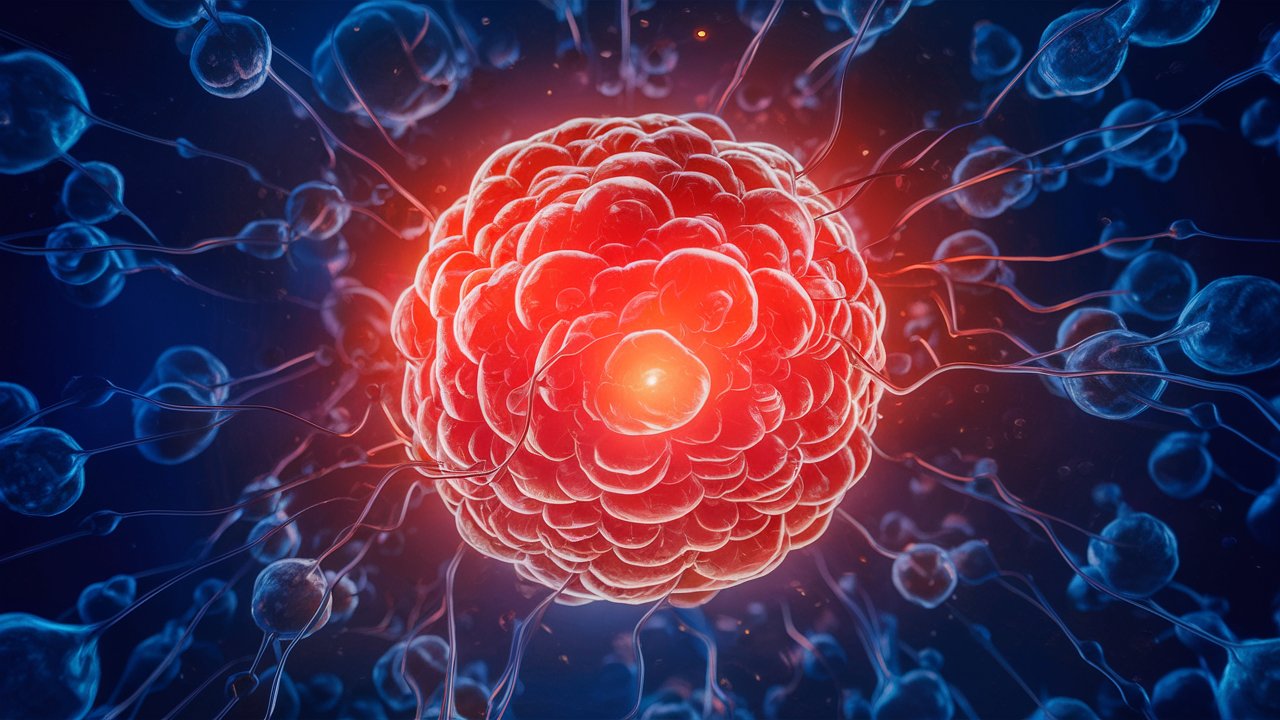
Congenital Contractural Arachnodactyly (CCA), also known as Beals Syndrome, is a rare genetic disorder that affects connective tissue. This condition is characterized by long, slender fingers and toes, joint contractures, and sometimes abnormalities in the spine and ears. CCA is caused by mutations in the FBN2 gene, which is crucial for the formation of elastic fibers in connective tissue. People with this syndrome often have a marfanoid habitus, meaning they resemble individuals with Marfan Syndrome, but there are distinct differences. Understanding CCA can help in early diagnosis and management, improving the quality of life for those affected. Let's dive into 20 intriguing facts about this unique condition.
What is Congenital Contractural Arachnodactyly?
Congenital Contractural Arachnodactyly (CCA), also known as Beals syndrome, is a rare genetic disorder. It affects connective tissues, leading to joint contractures, long fingers, and other skeletal abnormalities. Here are some intriguing facts about this condition.
-
Genetic Origin: CCA is caused by mutations in the FBN2 gene, which provides instructions for making a protein called fibrillin-2. This protein is crucial for the formation of elastic fibers found in connective tissue.
-
Inheritance Pattern: This disorder follows an autosomal dominant inheritance pattern. This means only one copy of the altered gene is enough to cause the condition.
-
Joint Contractures: Individuals with CCA often have joint contractures, which are permanent shortening of muscles or tendons around joints. This can limit movement and flexibility.
-
Arachnodactyly: The term "arachnodactyly" refers to abnormally long and slender fingers and toes, resembling a spider's legs. This is a hallmark feature of CCA.
-
Scoliosis: Many people with CCA develop scoliosis, a sideways curvature of the spine. This can range from mild to severe and may require medical intervention.
Physical Characteristics and Symptoms
CCA affects various parts of the body, leading to a range of physical characteristics and symptoms. Understanding these can help in early diagnosis and management.
-
Crumpled Ears: A distinctive feature of CCA is crumpled or "crumpled" ears, where the outer ear appears folded or wrinkled.
-
Muscle Hypotonia: Muscle hypotonia, or decreased muscle tone, is common in infants with CCA. This can lead to delayed motor skills development.
-
Kyphosis: Kyphosis, an excessive outward curvature of the spine, can also occur in individuals with CCA, leading to a hunched back appearance.
-
Pectus Deformities: Pectus excavatum (sunken chest) or pectus carinatum (protruding chest) are often seen in those with CCA.
-
Contractures at Birth: Many babies with CCA are born with contractures in multiple joints, including elbows, knees, and fingers.
Diagnosis and Treatment
Diagnosing and treating CCA involves a combination of genetic testing, physical examinations, and various therapies. Early intervention can improve quality of life.
-
Genetic Testing: Genetic testing can confirm a diagnosis of CCA by identifying mutations in the FBN2 gene.
-
Physical Therapy: Regular physical therapy is crucial for managing joint contractures and improving mobility.
-
Orthopedic Interventions: In severe cases, orthopedic surgery may be necessary to correct skeletal deformities and improve function.
-
Regular Monitoring: Individuals with CCA require regular monitoring for scoliosis and other skeletal issues to manage complications promptly.
-
Multidisciplinary Approach: A team of specialists, including geneticists, orthopedists, and physical therapists, often collaborates to provide comprehensive care.
Living with Congenital Contractural Arachnodactyly
Living with CCA presents unique challenges, but with proper management, individuals can lead fulfilling lives. Awareness and support are key.
-
Adaptive Devices: Using adaptive devices, such as braces or custom shoes, can help manage physical limitations and improve mobility.
-
Support Groups: Joining support groups can provide emotional support and practical advice for individuals and families affected by CCA.
-
Educational Support: Children with CCA may benefit from individualized education plans (IEPs) to accommodate their physical needs in school.
-
Regular Exercise: Engaging in regular, low-impact exercise can help maintain muscle strength and flexibility.
-
Positive Outlook: Maintaining a positive outlook and focusing on abilities rather than limitations can significantly enhance the quality of life for those with CCA.
Final Thoughts on Congenital Contractural Arachnodactyly
Congenital Contractural Arachnodactyly, or Beals Syndrome, is a rare genetic disorder that affects connective tissues. It’s characterized by long fingers and toes, joint contractures, and sometimes heart or spine issues. Understanding this condition helps in early diagnosis and better management. Genetic counseling can be crucial for families with a history of the disorder. While there’s no cure, treatments focus on improving quality of life through physical therapy and, in some cases, surgery. Awareness and education about Beals Syndrome can lead to better support for those affected. If you or someone you know shows symptoms, consulting a healthcare provider is essential. Knowledge empowers us to handle challenges more effectively.
Was this page helpful?
Our commitment to delivering trustworthy and engaging content is at the heart of what we do. Each fact on our site is contributed by real users like you, bringing a wealth of diverse insights and information. To ensure the highest standards of accuracy and reliability, our dedicated editors meticulously review each submission. This process guarantees that the facts we share are not only fascinating but also credible. Trust in our commitment to quality and authenticity as you explore and learn with us.


